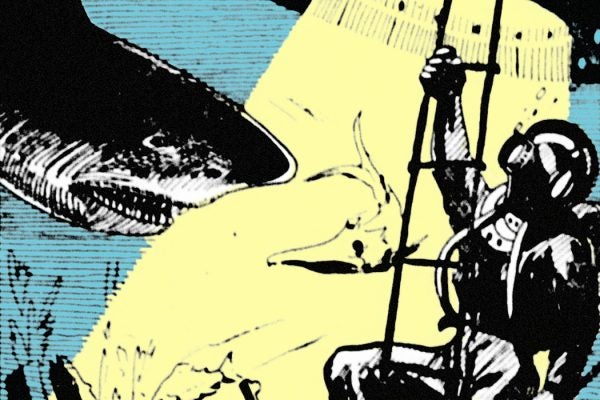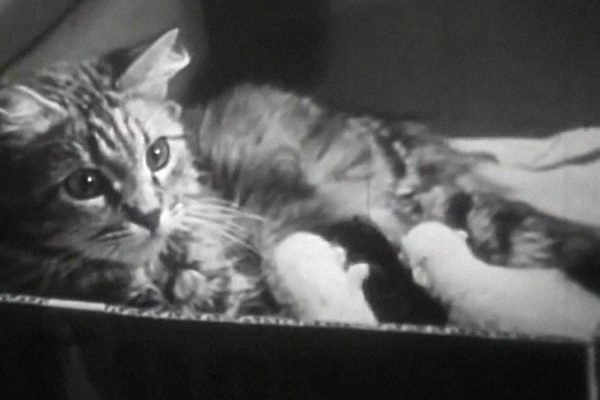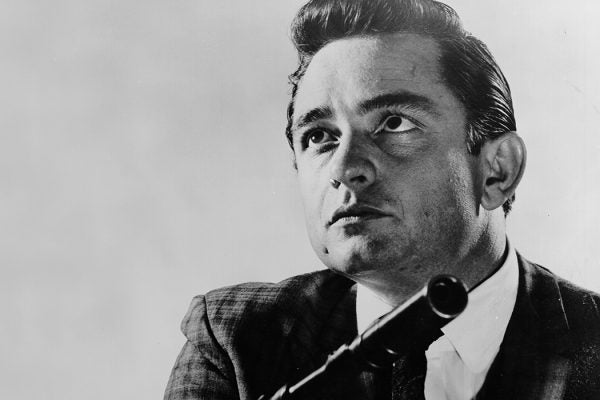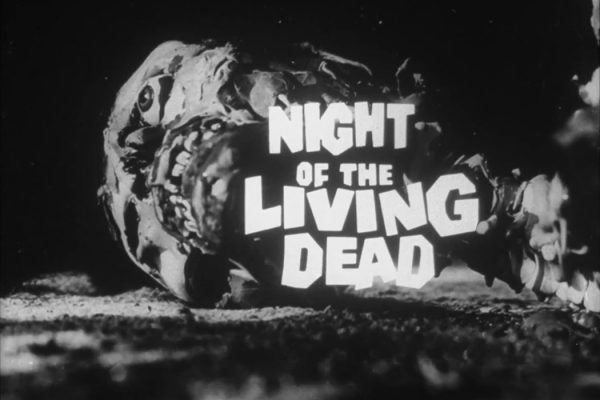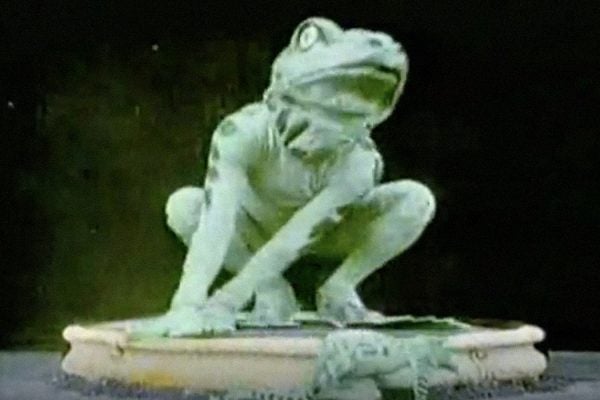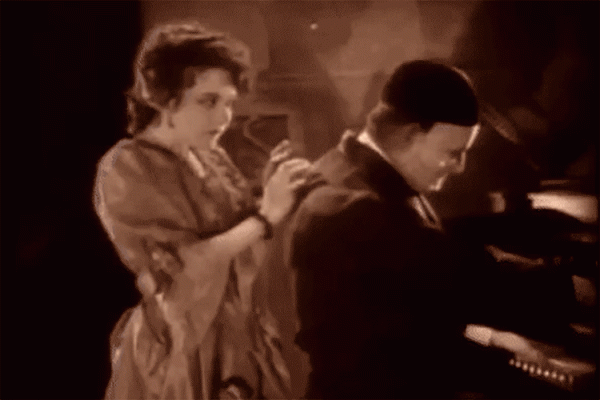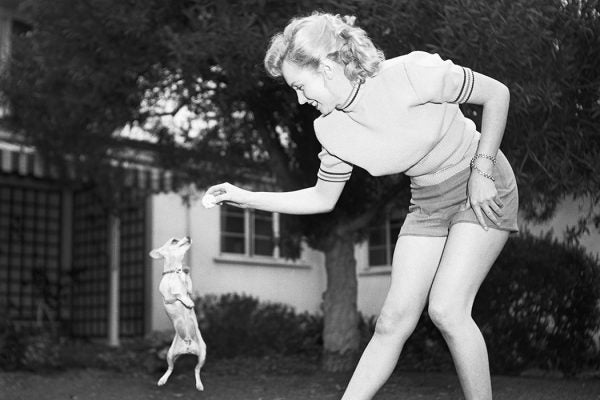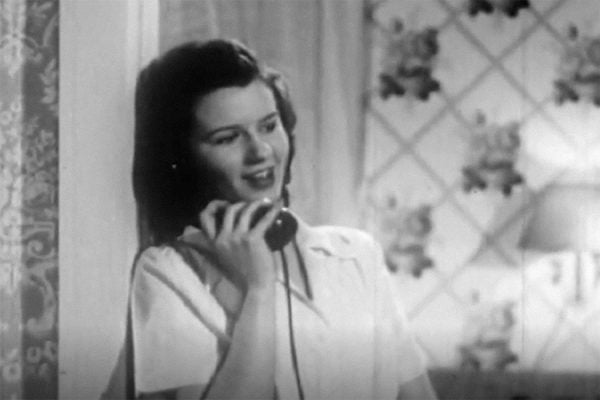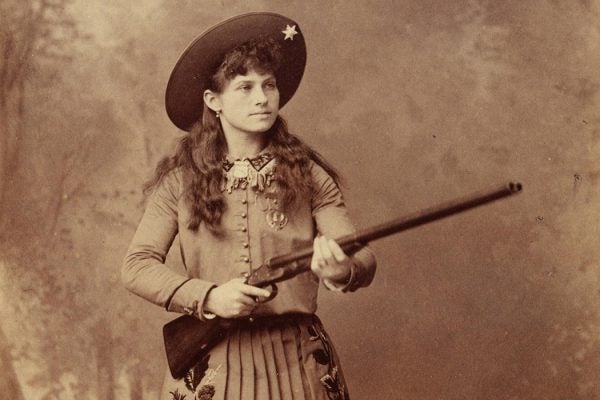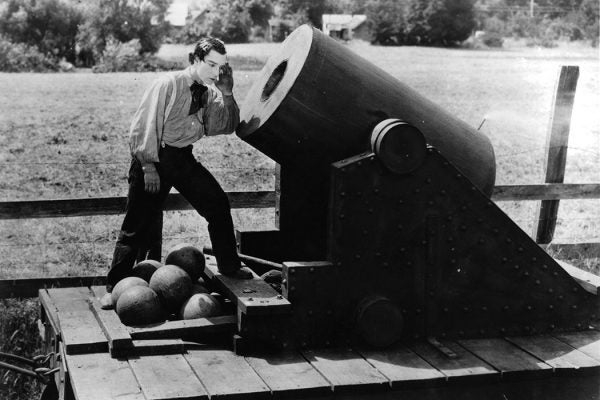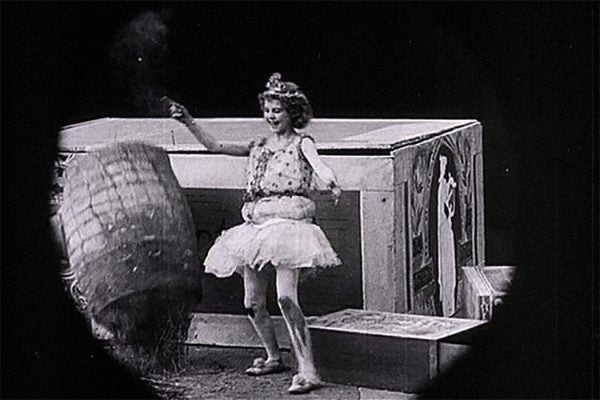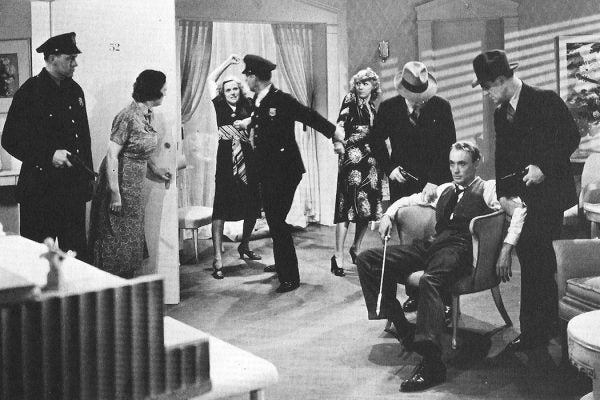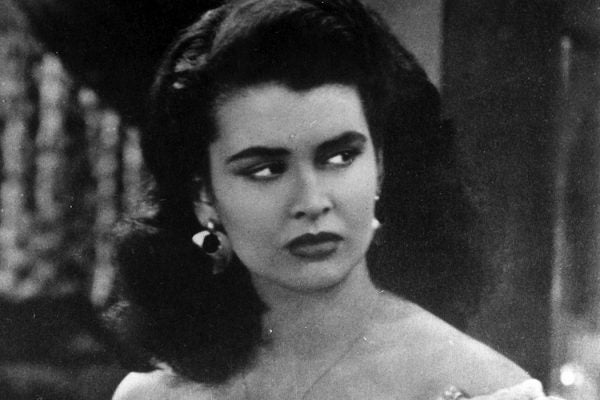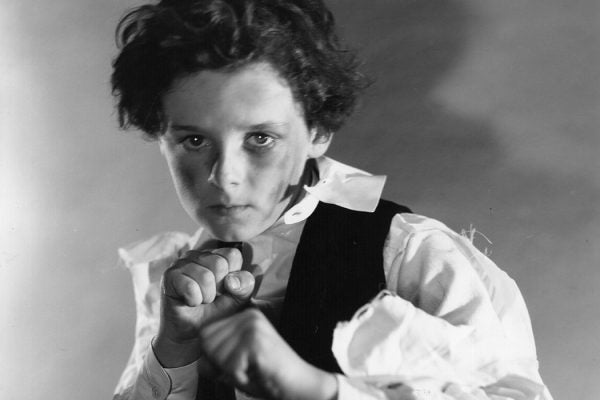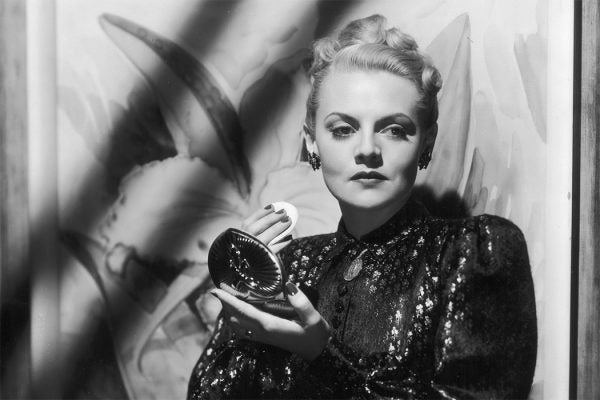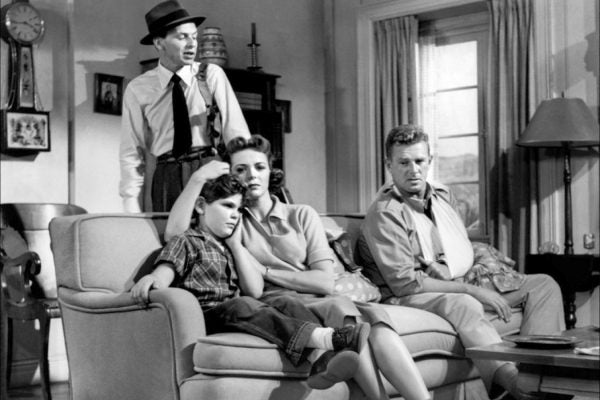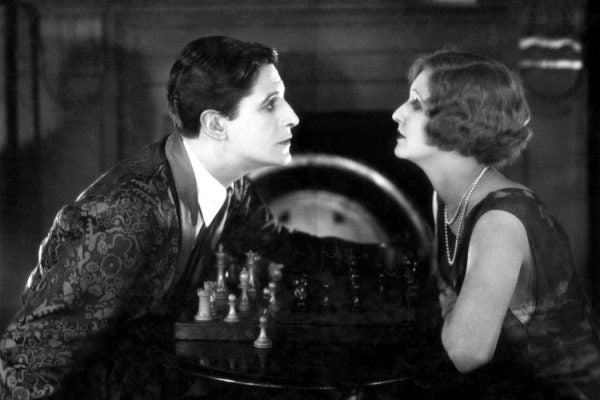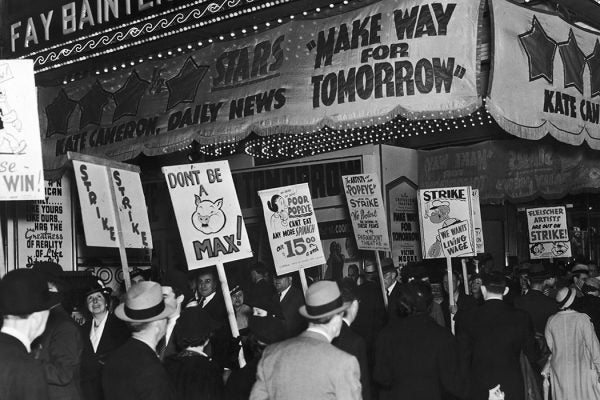The Shark-Fighting Brothers behind 20,000 Leagues under the Sea
In 1916, the Williamson brothers used their father's underwater photography device to film a fight with a shark, piquing Universal Pictures' interest.
The Private Life of a Cat
Maya Deren was a fringe filmmaker who existed far outside the Hollywood machine, but she often borrowed its tactics to promote herself and her movies.
The Complications of “Outlaw Country”
Johnny Cash grappled with the many facets of the outlaw archetype in his feature acting debut, Five Minutes to Live.
The D-I-Y Origins of Night of the Living Dead
Night of the Living Dead’s production story reads like a means to an end: a rag-tag group of creatives makes a movie on nothing to get noticed.
The Bizarre Marvels of Segundo de Chomón, Father of Spanish Cinema
Segundo de Chomón made “trick films” that experimented with color and temporality, influencing the surrealist work of Luis Buñuel and Salvador Dalí.
Lon Chaney’s Movie Monsters
You might know him from Phantom of the Opera or The Hunchback of Notre Dame.
How Hollywood Sold Glamour
The complicated notion of glamour in classic Hollywood, suggesting that stars were aloof and unknowable, was also a means to sell products.
“Are You Popular?”
Mental hygiene films of the postwar era gave advice to American teens—and parroted specific cultural values.
How Annie Oakley Defined the Cinema Cowgirl
“Little Sure Shot” was famous for her precision, athleticism, and trademark femininity.
The Satanic Foreign Film That Was Banned in the U.S.
Benjamin Christensen's Häxan was part documentary and part fantasy—and considered too disturbing for public viewing.
What Drove Buster Keaton to Try a Civil War Comedy?
“Someone should have told Buster that it is difficult to derive laughter from the sight of men being killed in battle.”
The Exploding Women of Early Twentieth-Century “Trick Films”
In “trick films,” women were shown literally exploding over kitchen accidents—the early 1900s way of mining humor out of human tragedies.
How Fritz Lang’s Flight from Nazi Germany Shaped Hollywood
German expressionism--imported to Hollywood by Jewish exiles--brought a lasting tradition of shadows, duality, and mirroring to mainstream American cinema.
The First Movie Kiss
The public fascination was so intense that fans soon started demanding live reenactments.
Marijuana Panic Won’t Die, but Reefer Madness Will Live Forever
Originally produced as an exploitation film that drew on racial stereotypes, the ironic revival of Reefer Madness made it a cult classic for stoners.
Hollywood Cast Laurette Luez as a One-Size-Fits-All “Exotic”
Like many actresses of her day, Laurette Luez was expected to be a beautiful siren in skimpy clothing who could be from almost anywhere—just not here.
The Masculinization of Little Lord Fauntleroy
The 1936 movie Little Lord Fauntleroy broke box office records, only to be toned down and masculinized amid cultural fears of the “sissified” male.
How Film Noir Tried to Scare Women out of Working
In the period immediately following World War II, the femme fatale embodied a host of male anxieties about gender roles.
The Sinatra Movie Some Blamed for JFK’s Death
In the 1950s, Frank Sinatra starred in Suddenly, a movie that happens to depict a plot against the President.
Madame Sul-Te-Wan’s Forgotten Brilliant Career
The mysteriously named Madame Sul-Te-Wan was the first black actress to land a Hollywood studio contract.
McCarthyism at the Oscars
As José Ferrer was being handed his Oscar—making him the first Latino actor to win—he was being investigated by the House Un-American Activities Committee.
Hitchcock’s Transition from London to Hollywood
In England, Alfred Hitchcock cultivated a comedic sensibility that shines through in his Hollywood thrillers.
The Great Animation Strike
Animation workers took to the streets, carrying signs with bleakly humorous slogans. One read: “I make millions laugh but the real joke is our salaries.”


